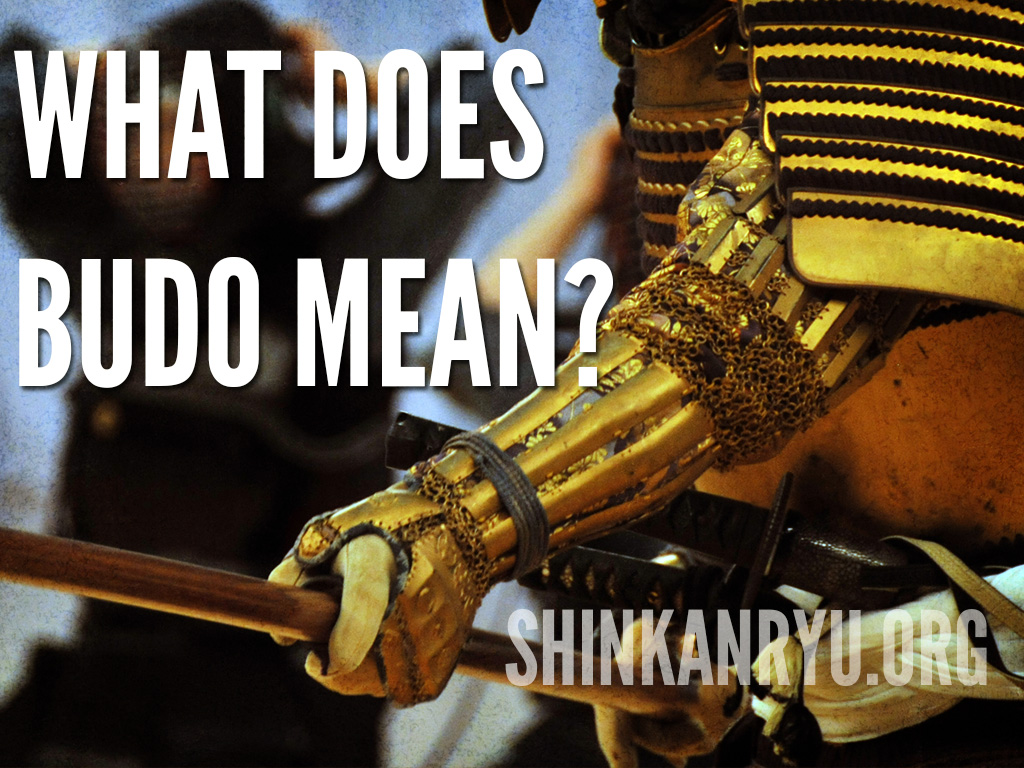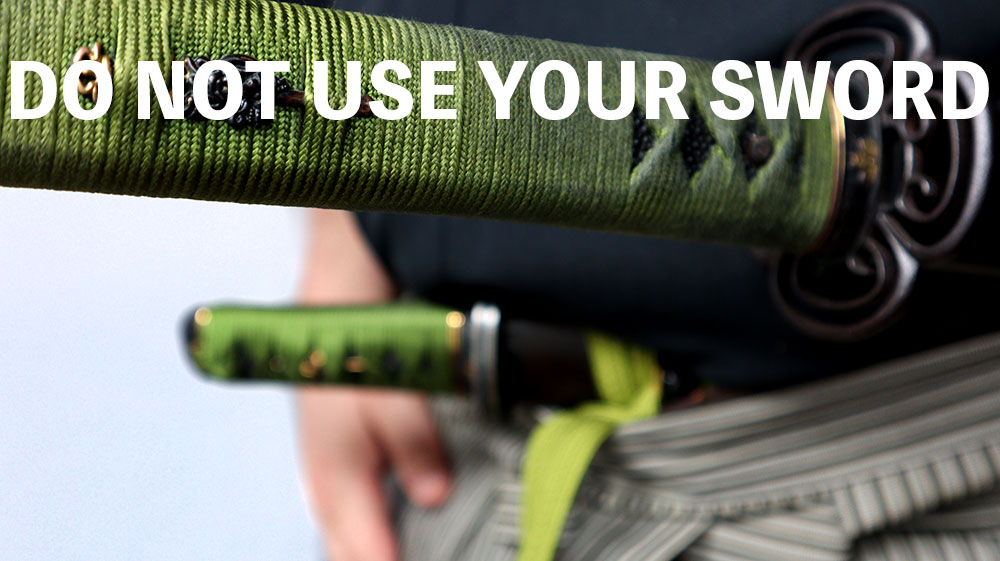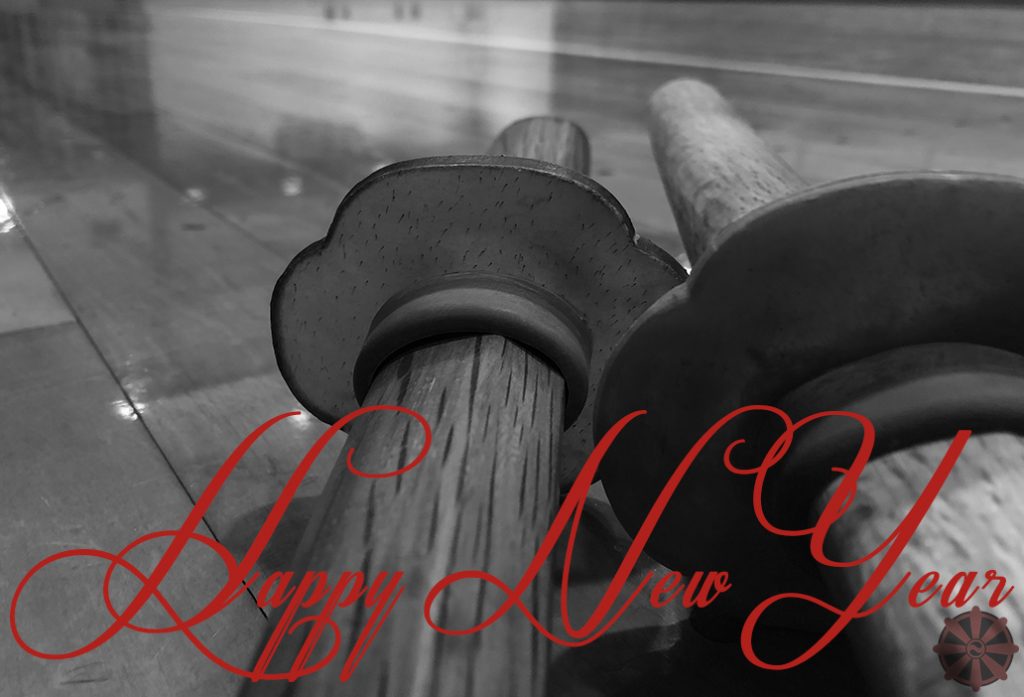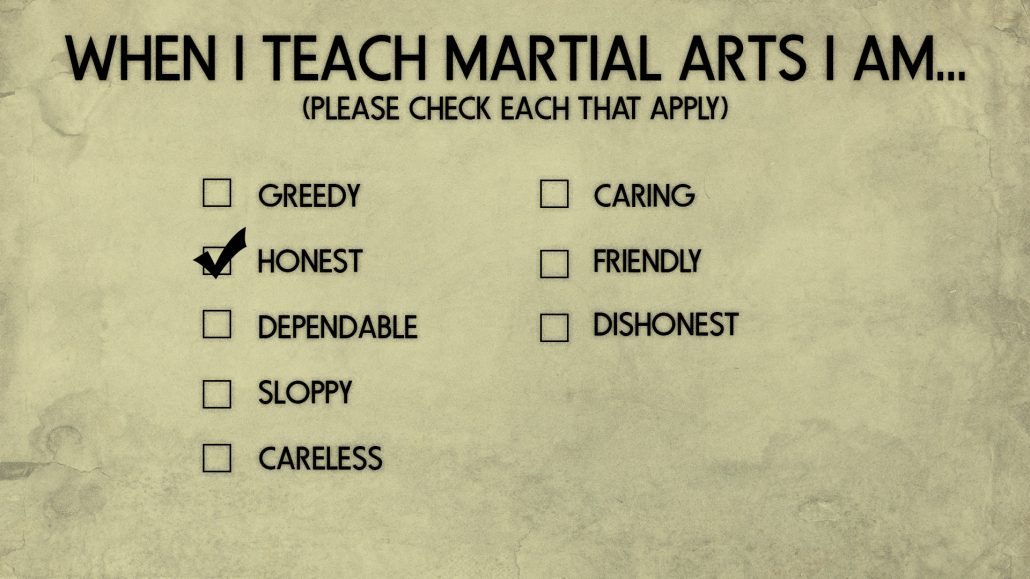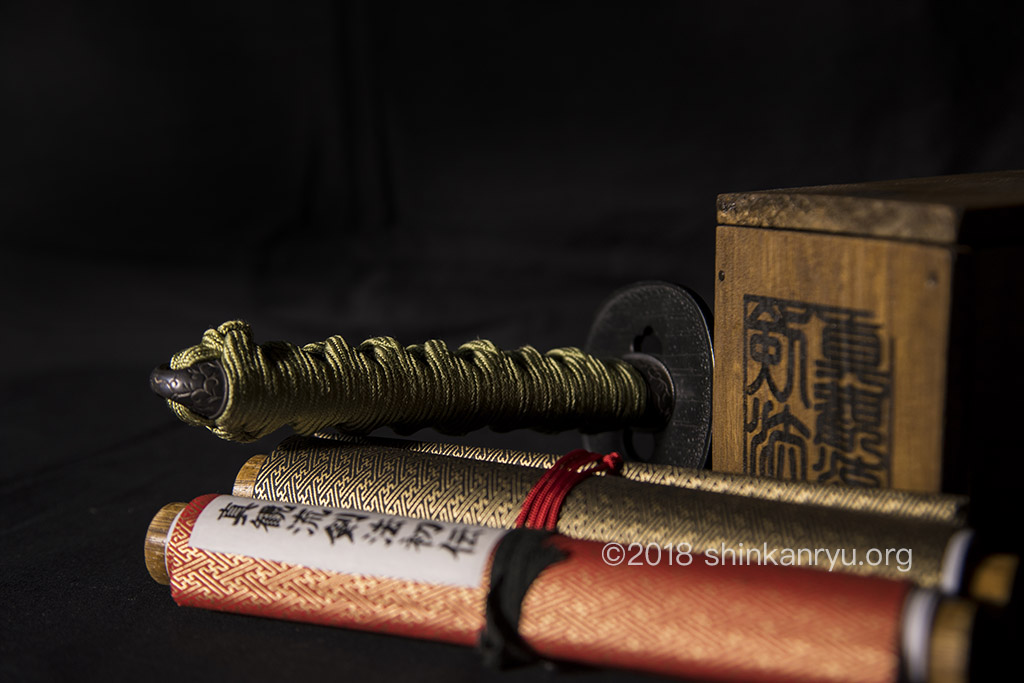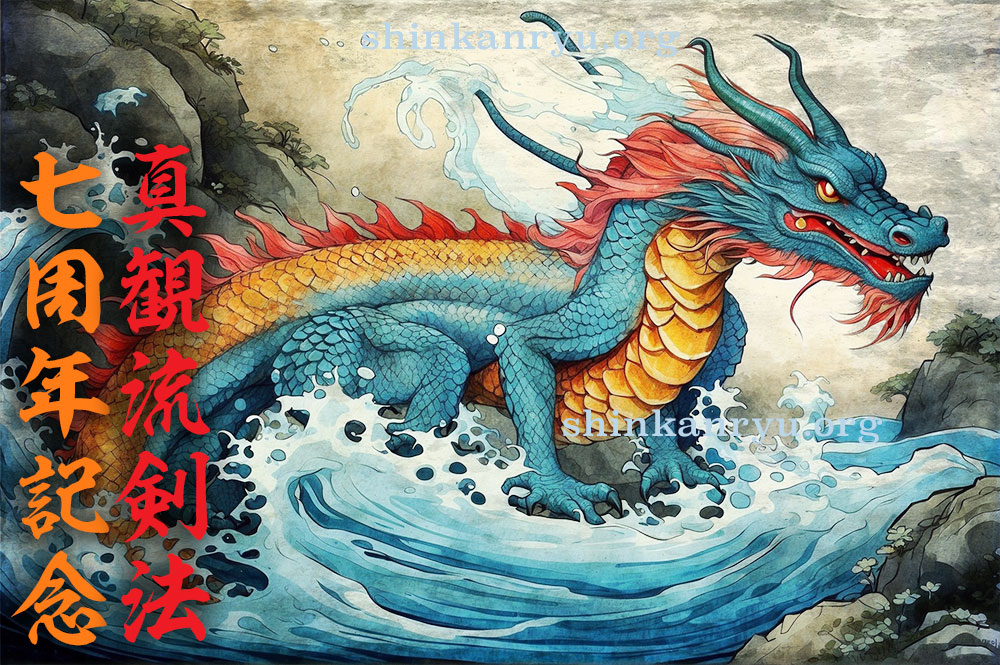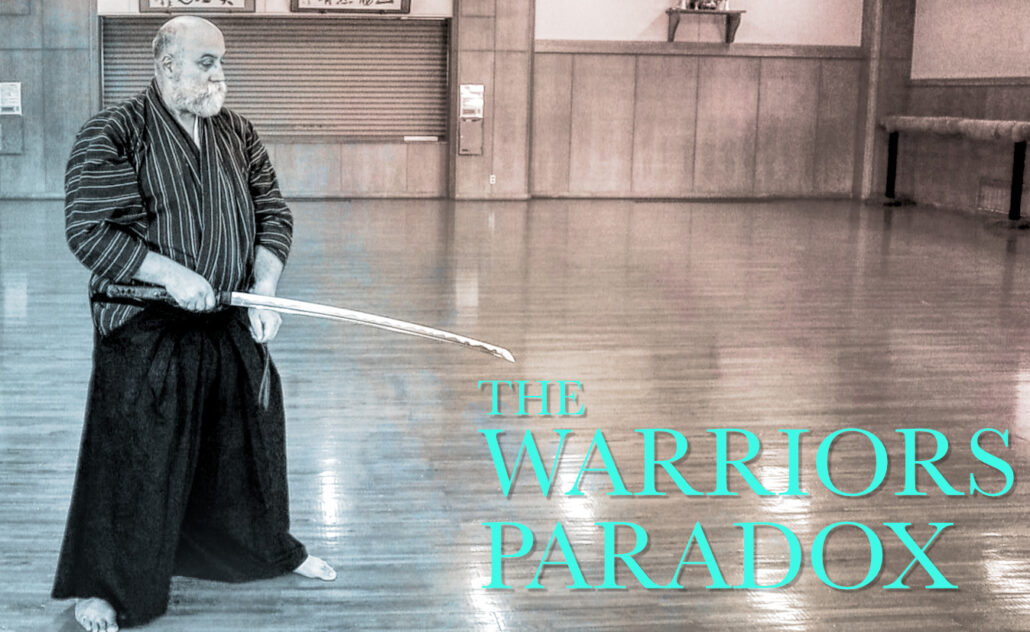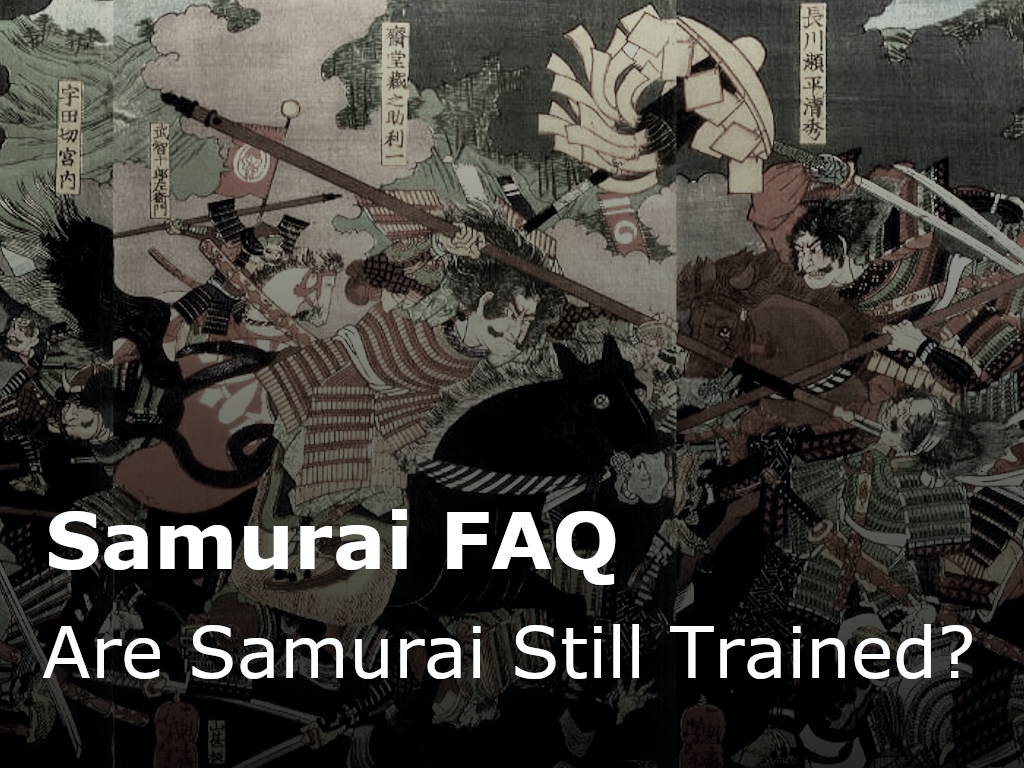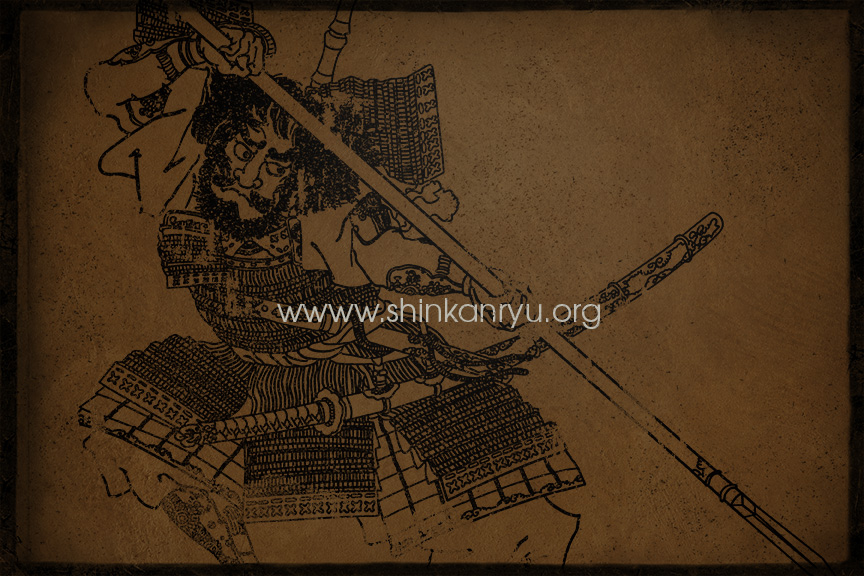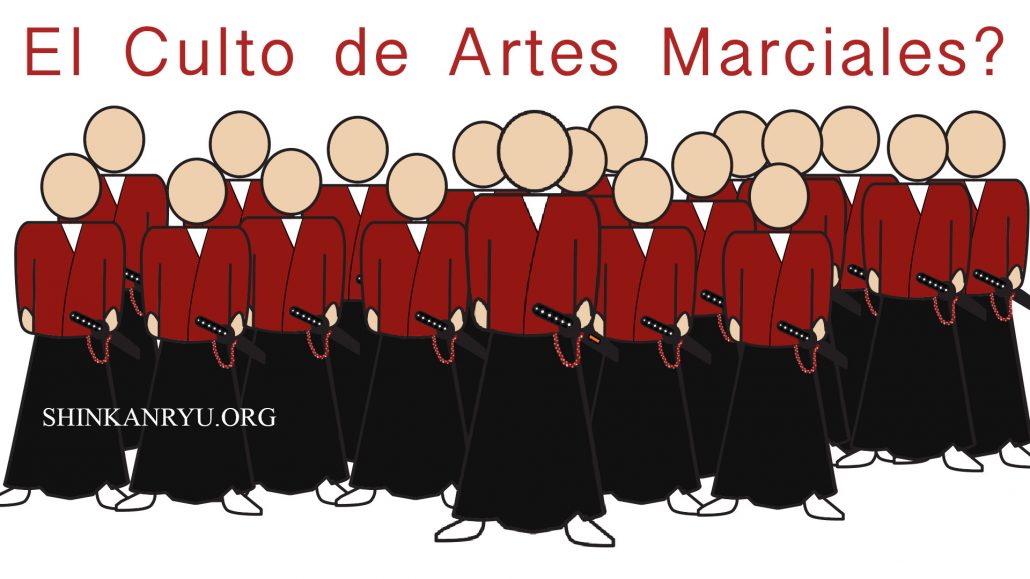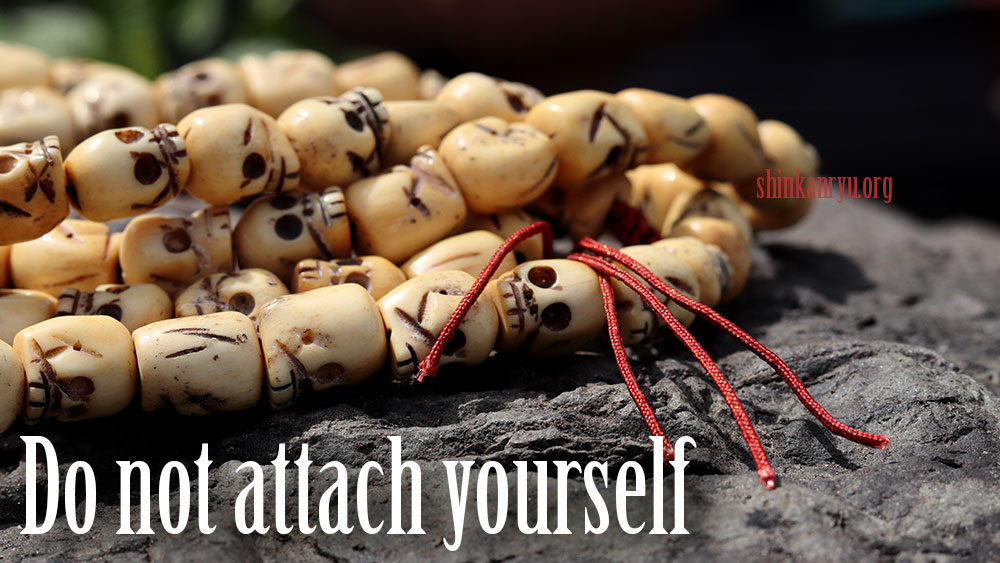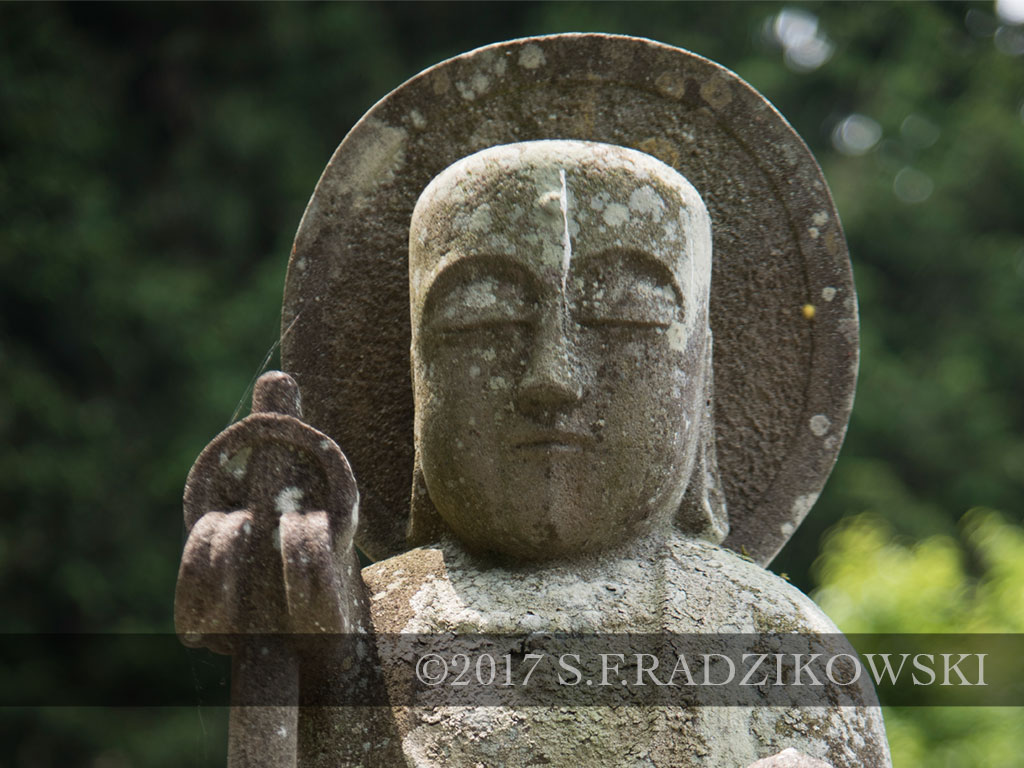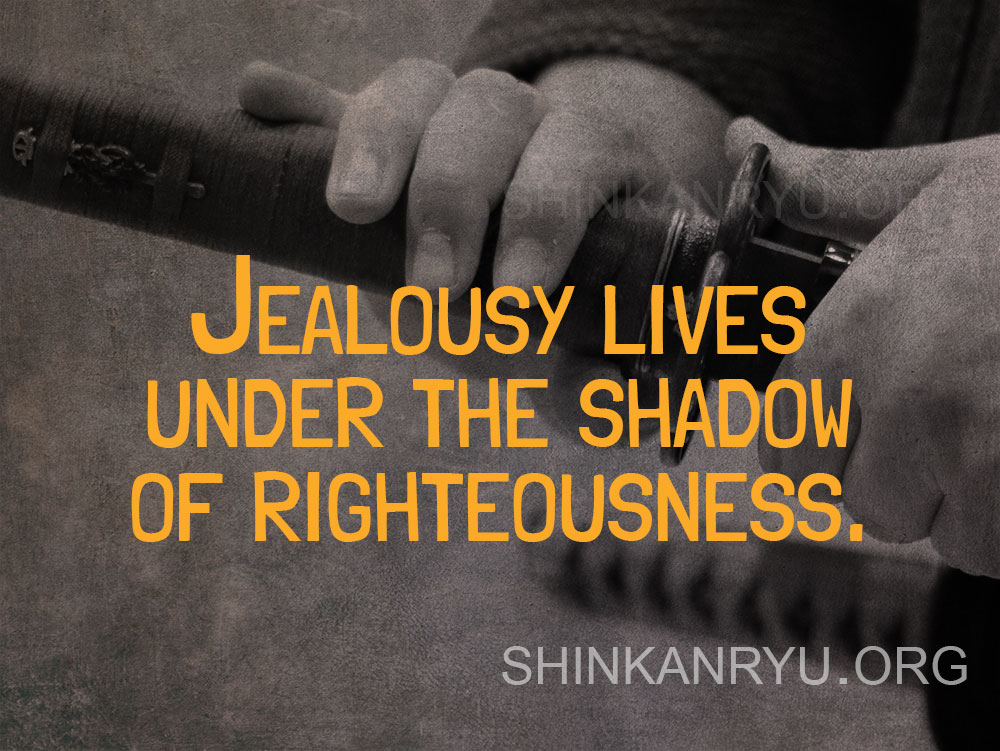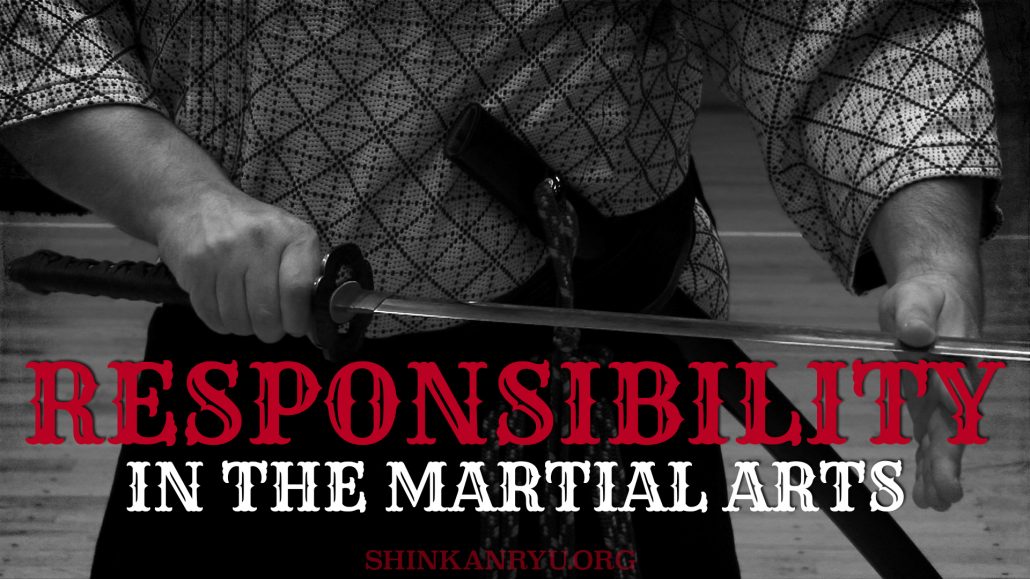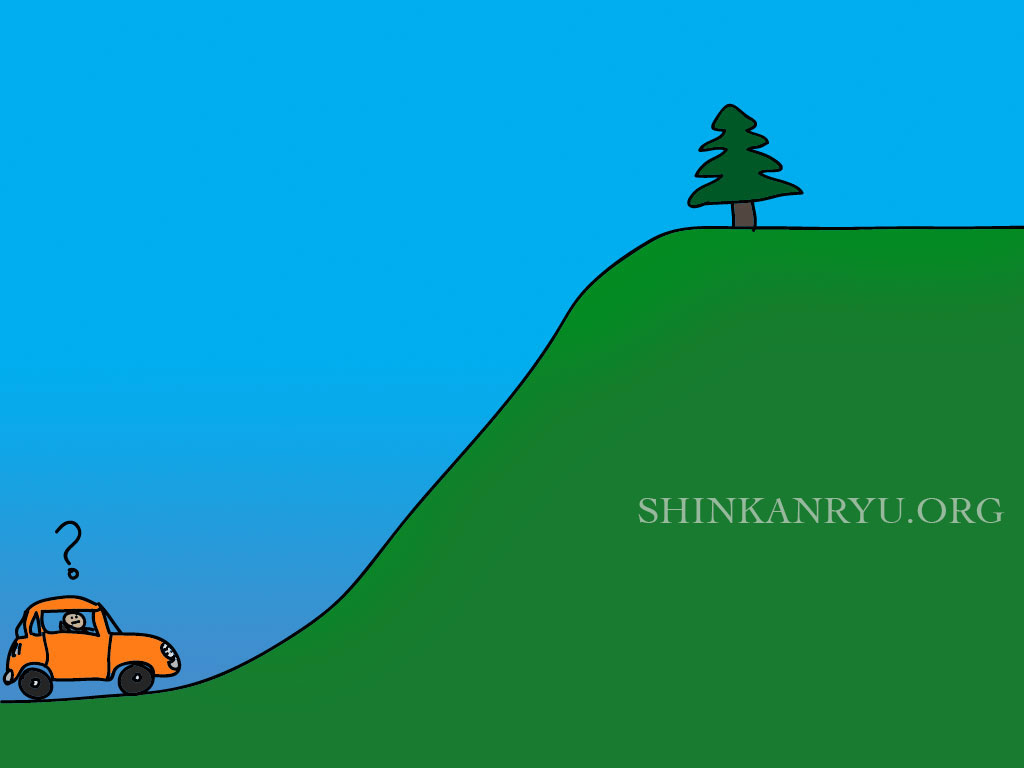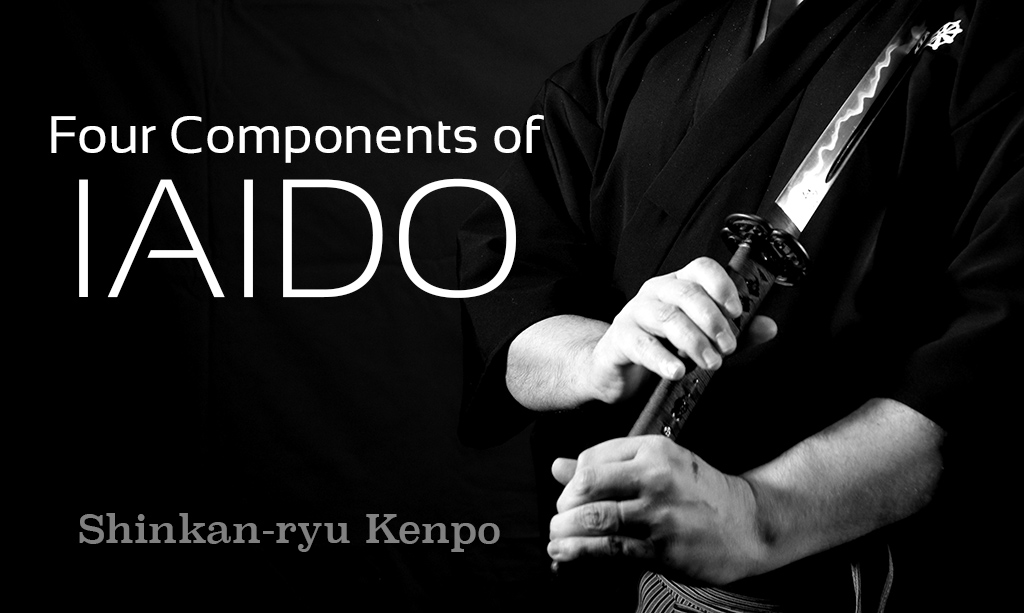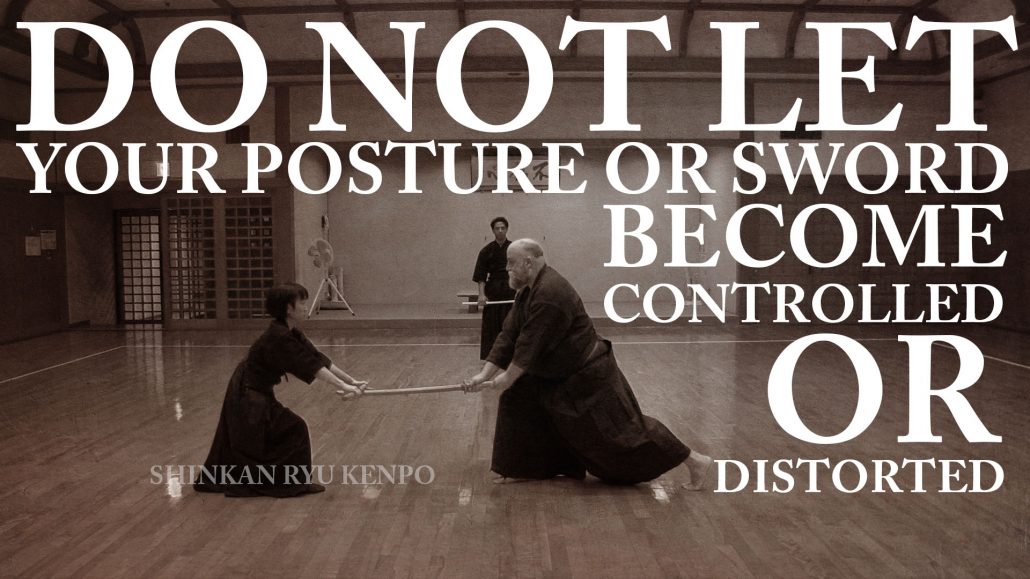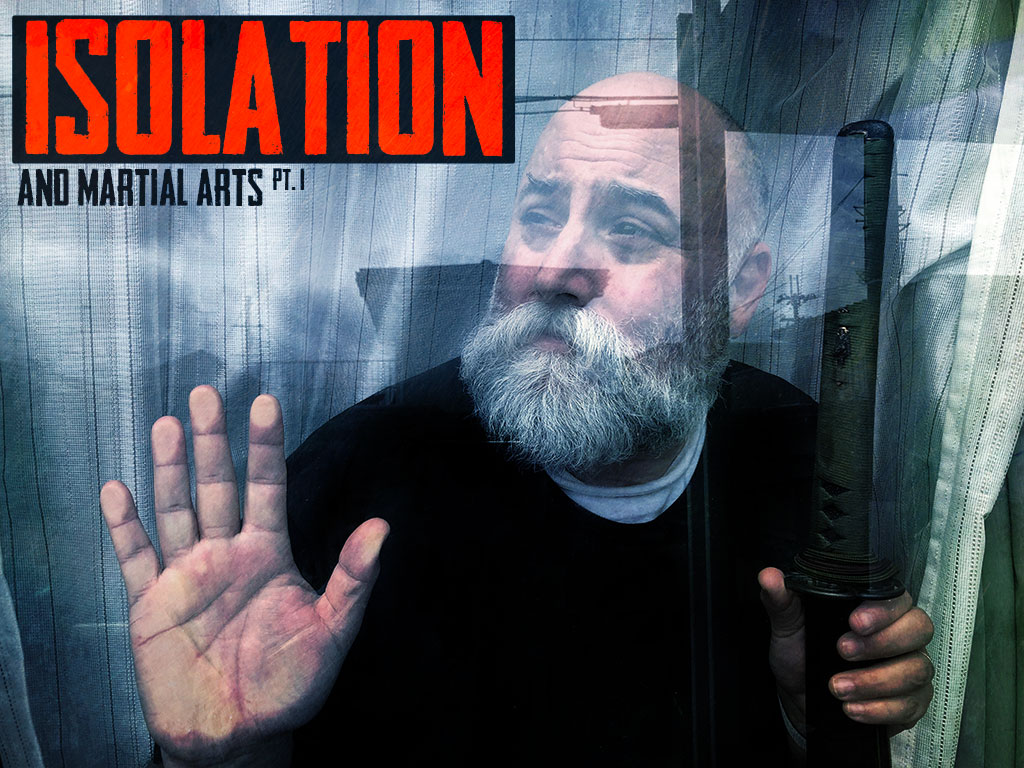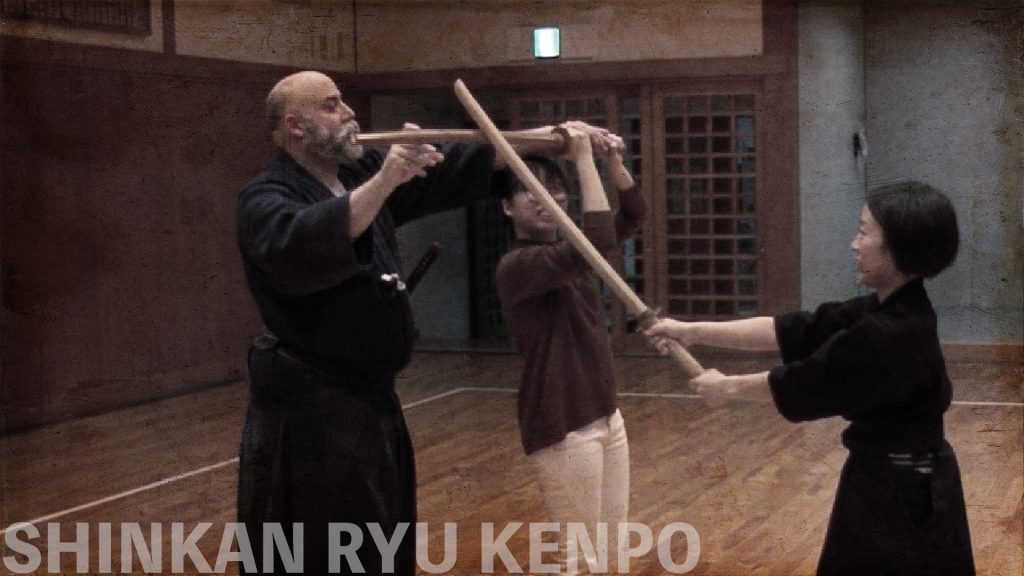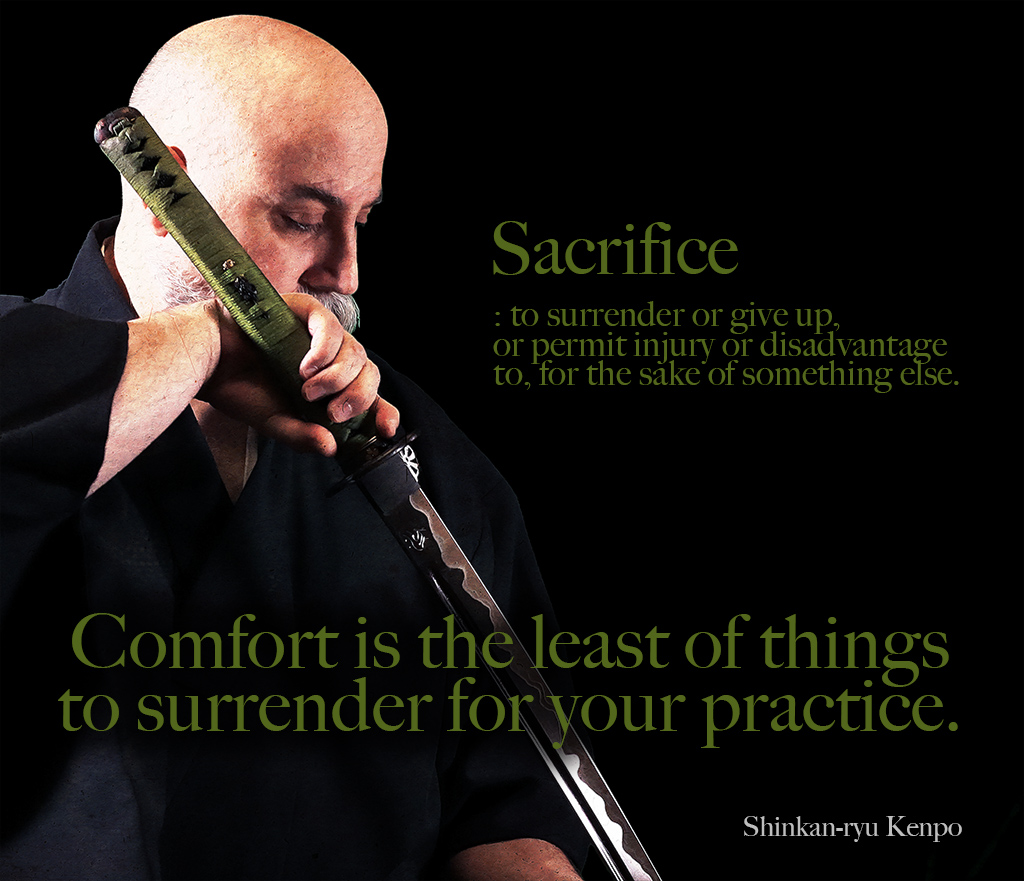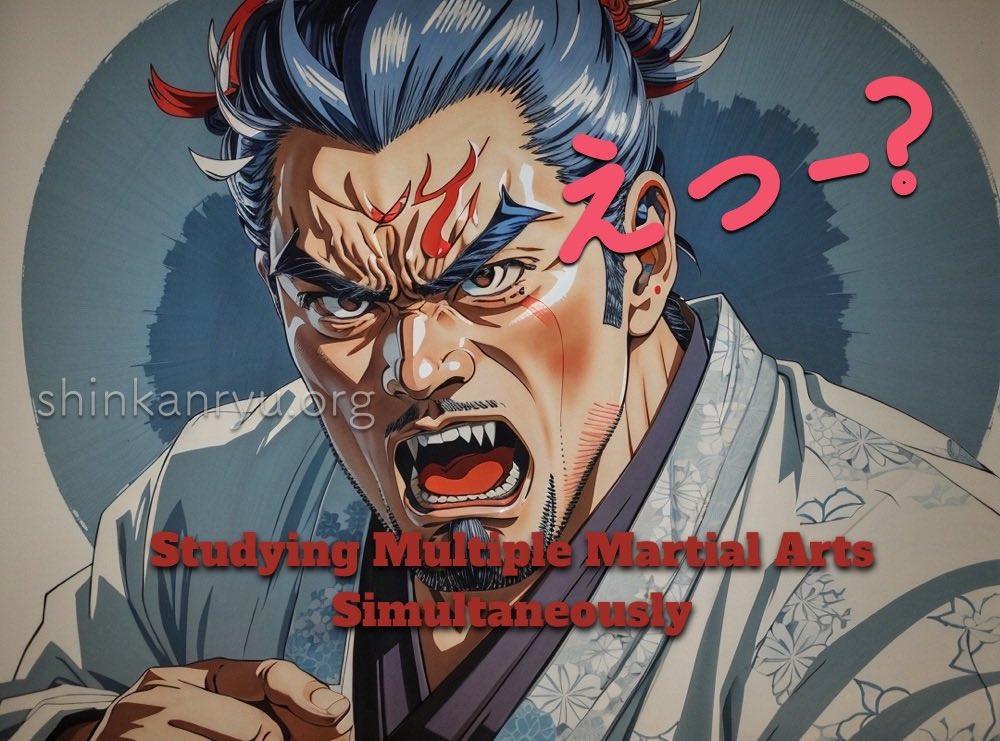I'd like to discuss briefly discuss what Budo or Bujutsu means. I’m not a scholar or linguist, but I tried my best to bring you the correct information. Someone had linked me a post explaining that budo and bujutsu mean to stop or prevent war. I had read that before. But long ago it was my understanding that it meant ‘go to war.’ So I decided to break this word down.
What do the words bujutsu or budo mean?
More precisely what does the written character of BU really represent?
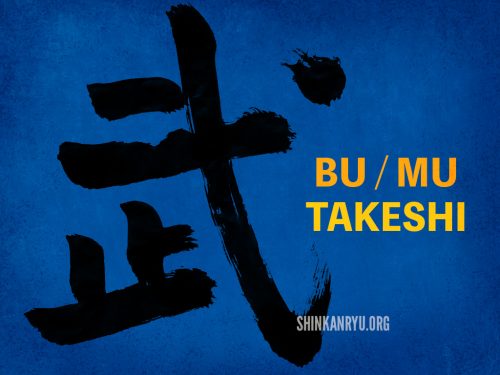
As most of you know Japanese kanji is an adaptation of the Chinese writing system. Actually so are hiragana and katana. This is why Kanji in Japan has many different sounds or readings.
The character BU comes from China. Bu is the sound in Chinese. The sound that Japanese retain for all their kanji are called Onyomi. Kanji still have their original Chinese sounds associated with them. Japanese learn these as the Onyomi, and the native Japanese sounds are called Kunyomi. The kunyomi for Bu 武 is Takeshi たけし or take たけ. There are two onyomi, BU and MU. Takeshi is sometimes a boys name too.
This character is used in many words, Musha 武者 warrior.Bunbu 文武 the literary and military arts or the pen and the sword. Bushi 武士 warrior, also known as samurai.
And of course, budo 武道, bugei 武芸, and bujutsu 武術 meaning martial and military arts. I will refer to this character as a whole as, BU.
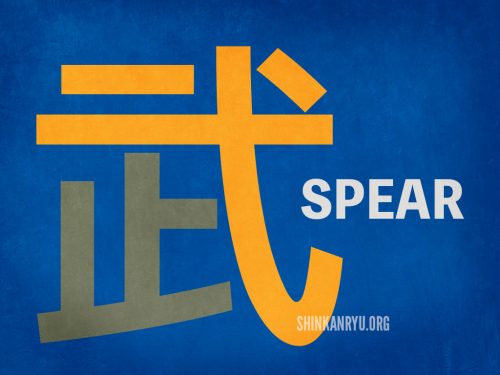
Let's take a closer look at mister Bu here because it's made up of two radicals. Radicals are smaller words used to make up a LARGER word.
In the character for Bu, we have two.
Tome 止め, to stop, and hoko 戈 spear.
In Japanese hoko is not really a regular word but seen as a radical in the formation of words. However, in actual Chinese, this is a word. This is a pictograph of a halberd or spear. Called Gë in Chinese.
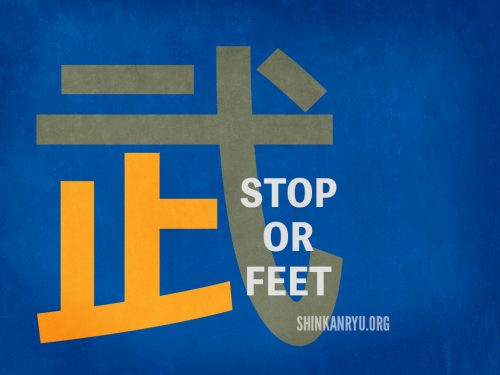
The lower section is Tome,とめ In Japanese this means TO STOP or HALT.
The Chinese sound or onyomi is Shi.
People are quick to throw this together and say that bu means to stop a war. Do the words for spear and stop together mean ending a conflict?
This is just not a logical conclusion of the origins of this word.
It does have the hint to mean preventing conflict now, but it didn't for a long, long time. Language is fluid and changes. While the character stop in there can’t be denied now, it didn't always mean ‘to stop.’
The character tome in its original Chinese was actually a pictogram of a foot. CALLED SHI IN CHINESE.
After a time it came to mean preventing conflict; however, the implication early on was movement, and when this word came to Japan the connotation was not one of stopping or preventing war but of taking up arms and going into battle. There doesn't seem to be any confusion of what hoko 戈 means. It means a weapon. It implies some kind of use for an armament.
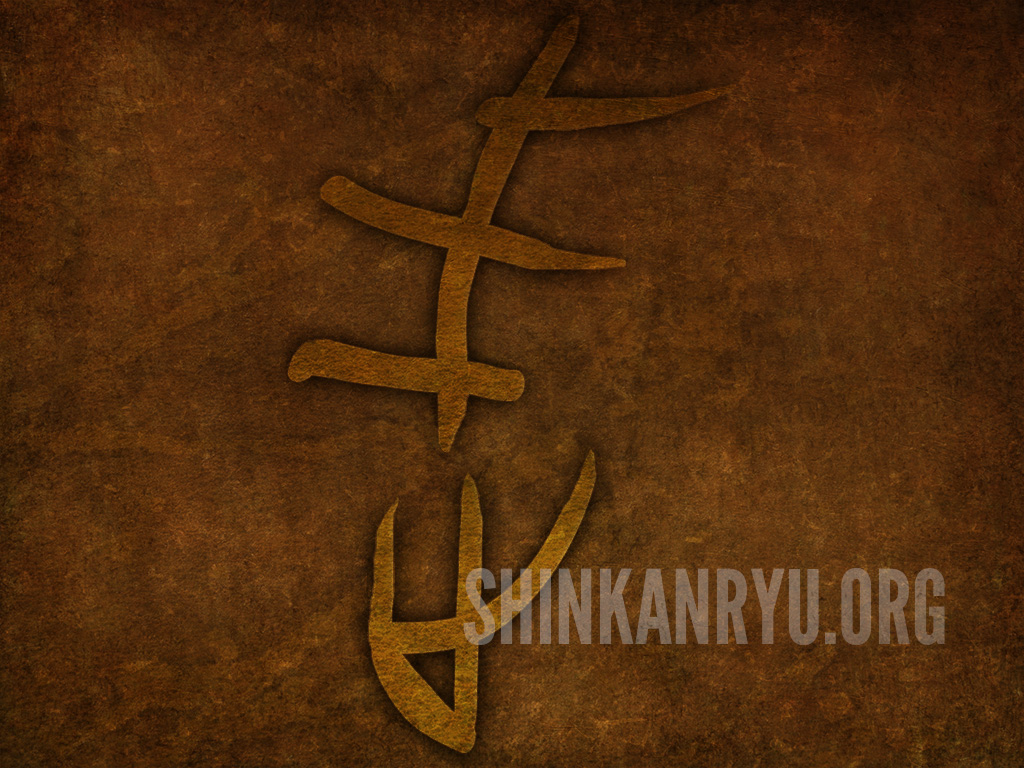
This is what the character bu 武 looked like around 1200 b.c. These were often carved in bone. You can clearly see the spear at the top and the feet at the bottom.
Historically in China 止 'shi' meant feet or moving. When you put those together, it seems natural to draw out the ideas of an actual warrior charged with taking up arms when needed. Defensive or offensive..whichever.
In 500 A.D the word bu/mu 武 meant soldier or when used with other words indicated an Army (which were not only used to prevent wars but start them). In 2017 the meaning can be different, but it's essential to clarify this idea when speaking about the word. To throw away its actual root is detrimental to the practice of Bujutsu or Budo.
Yes, it can indeed mean stopping a war or preventing conflict but the origin of the word and the use of warriors is not necessarily peaceful. Your ideas now might be of peace, and that's great. An eleventh-century bushi, however, didn't have that idea, but they werent all bloodthirsty mindless killing machines either. They were men-at-arms and were in the business of going into conflict for personal and professional reasons.
You were called a musha or bushi because you went to fight.
In earlier parlance, you have the idea of moving with weapons now in the modern language you have the connotation of stopping conflicts and war.
Although the goals of bugeisha were initially that of fighting since the early seventeenth century in Japan, the samurai class were not involved in any more large scale conflicts, and the goals of training changed.
©2017 S.F.Radzikowski

ラジカスキー真照
館長Saneteru Radzikowski is the head sword instructor of Shinkan-ryū Kenpō. He lives and teaches Iaijutsu and Kenjutsu from Nara, Japan.
Saya no uchi
I train to strike correctly. I perform keiko to understand the angles of my sword....
Happy New Year
From all of us at Shinkan-ryū Kenpō to you, Have a wonderful New Year Celebration....
Honesty and the Martial Arts Hermit. Being a good budō teacher and student.
When people want to find a martial arts teacher, do they often think of mister...
Budo Thoughts
There are techniques and scrolls and teachings all over the dojo. What does it matter...
7 Year Anniversary of Online and In-person Sword Learning
Today marks a significant milestone in our journey — the 7th Anniversary of Shinkan-ryu Kenpo!...
The Warrior Paradox
The True Spirit of Martial Arts: Beyond the Skilled Sword In the world of Japanese...
Samurai F.A.Q
Are samurai still trained in Japan? Are there samurai schools? The short answer is, No.Samurai...
Waza: Quality or Quantity?
Waza Waza Everywhere In our respective martial arts systems, we learn many waza 技 (techniques)....
Estás Involucrado en un Culto de Artes Marciales?
Recientemente tuve una conversación con alguien que se refirió a su escuela como una genuina...
Attachment, Budo & Impermanence
It is worth a lot to be mindful of the ebb and flow of all...
Is Compassion Important In Martial Arts?
What is compassion? Compassion is a concern for the suffering or problems of others. The...
Jealous Martial Artists
Martial artists should be aware of what can live in the shadow of righteousness; jealousy...
Martial Arts Responsibility
As a martial arts instructor, or school, or especially if you’re representing an authentic Japanese...
Practice
The car at the bottom of the hill needs a sustained gas pedal to move...
Components of Iaido Iaijutsu
[fusion_builder_container hundred_percent="no" hundred_percent_height="no" hundred_percent_height_scroll="no" hundred_percent_height_center_content="yes" equal_height_columns="no" menu_anchor="" hide_on_mobile="small-visibility,medium-visibility,large-visibility" status="published" publish_date="" class="" id="" background_color="" background_image="" background_position="center...
Sword Control
We should not let our mind or body or sword become contorted or controlled by...
Fear Isolation Martial Arts
Budo does not begin and end when you pass through the dojo, or step on...
Cómo aprender Kenjutsu?
Aprender cualquier cosa tan profunda como un arte marcial requiere de un maestro. El kenjutsu,...
Budō Practice & Sacrifice
[fusion_builder_container hundred_percent="no" hundred_percent_height="no" hundred_percent_height_scroll="no" hundred_percent_height_center_content="yes" equal_height_columns="no" menu_anchor="" hide_on_mobile="small-visibility,medium-visibility,large-visibility" status="published" publish_date="" class="" id="" background_color="" background_image="" background_position="center...
Is Studying Multiple Martial Arts Ok?
Many people study more than one martial art. There can be varied reasons, such as...
Mastering The Martial Arts and Basics
I will be talking about basics and mastery. Before I begin, I want to say...
Guilt and Responsibility
I heard a student say, “If I don’t do any kind of training every day,...


